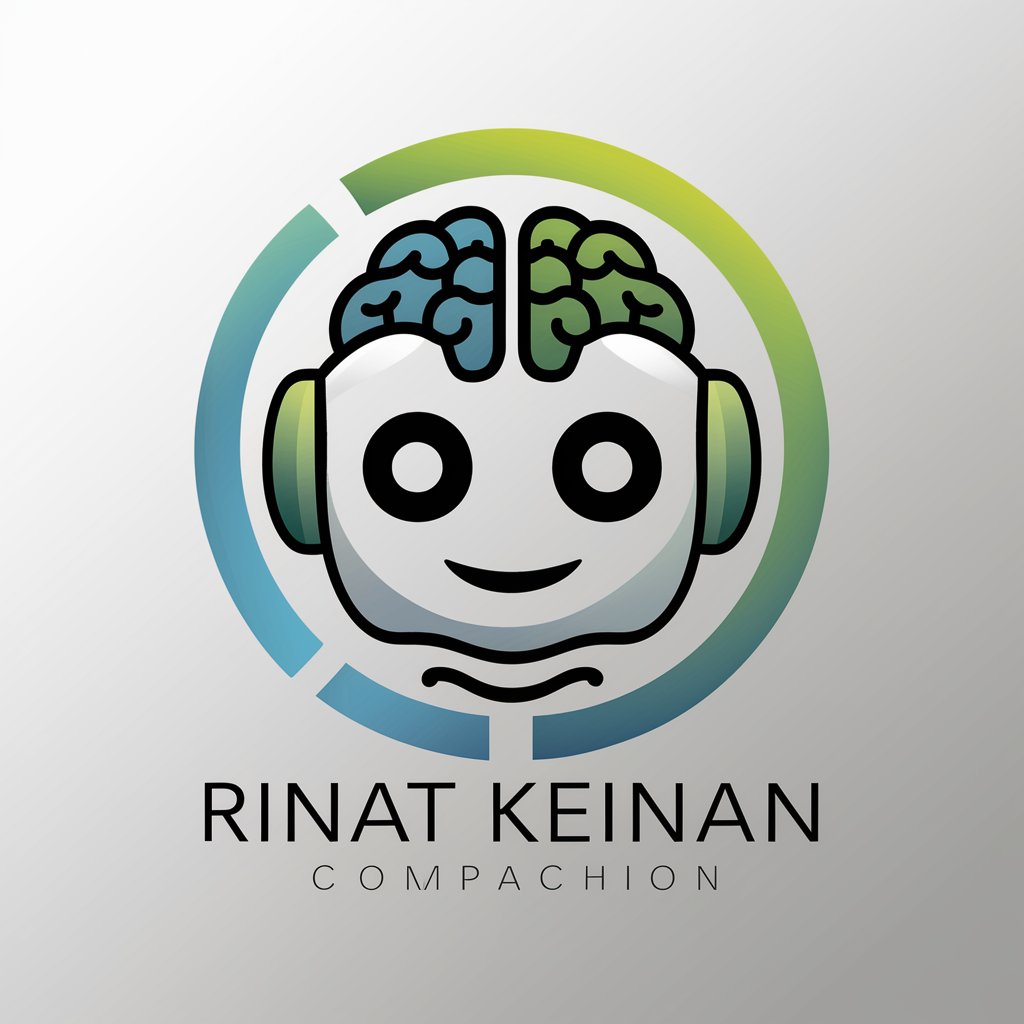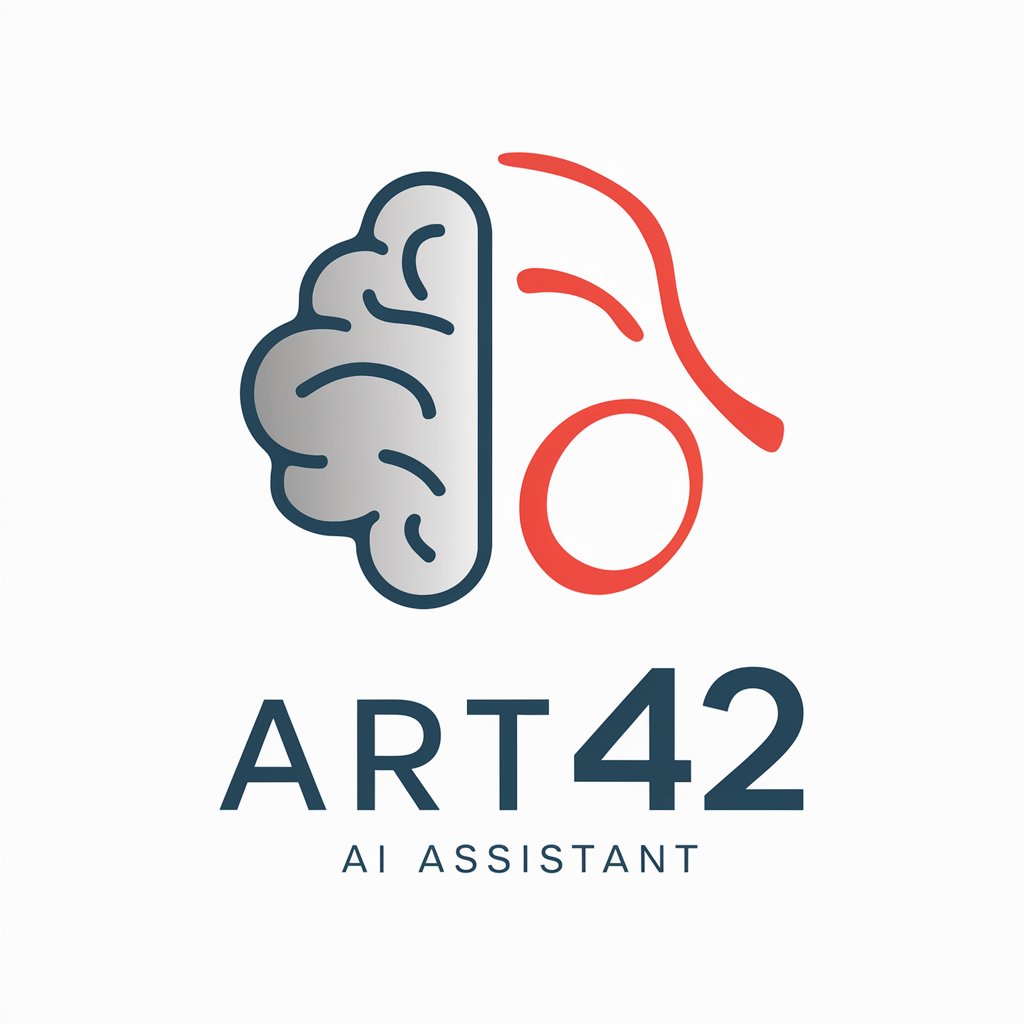How to Have a Compassionate Conversation. - Compassionate Conversation Guide

Welcome! Let's talk about mental health with compassion and support.
Empower Communication with AI
What are some effective ways to start a conversation about mental health?
How can you support someone who is feeling anxious or depressed?
What should you do if a friend confides in you about their mental health struggles?
Why is it important to create a safe space for discussing mental health issues?
Get Embed Code
Understanding Compassionate Conversation
Compassionate Conversation is a communication approach designed to foster empathy, understanding, and support between individuals. It prioritizes active listening, empathy, and non-judgmental engagement, aiming to create a safe space for individuals to share their feelings, experiences, and challenges. An example scenario illustrating this approach could involve a conversation between a manager and an employee experiencing workplace stress. Instead of offering immediate solutions or dismissing the concerns, the manager employs compassionate listening, acknowledges the employee's feelings, and explores their needs and possible support strategies together. This method strengthens relationships, promotes mental wellbeing, and facilitates problem-solving by ensuring individuals feel heard and understood. Powered by ChatGPT-4o。

Core Functions of Compassionate Conversation
Active Listening
Example
In a support group setting, facilitators practice active listening by summarizing what a participant has said, showing they truly understand the speaker's perspective.
Scenario
This ensures participants feel valued and encourages open, honest communication.
Empathy Expression
Example
A friend sharing their anxiety about job security receives responses that reflect understanding and shared feelings, rather than advice or dismissal.
Scenario
This fosters a deeper connection and reassures the individual that their feelings are valid and understood.
Non-judgmental Engagement
Example
When someone reveals a personal challenge, the listener refrains from criticism or unsolicited advice, focusing instead on acknowledging the person's experience.
Scenario
This builds trust and makes it easier for individuals to share openly without fear of judgment.
Who Benefits from Compassionate Conversation?
Mental Health Advocates
Professionals and volunteers in mental health fields benefit from using compassionate conversation techniques to provide effective support and create an environment of trust and safety for those seeking help.
Educators
Teachers and school counselors use compassionate conversation to support students' emotional and psychological wellbeing, fostering a supportive learning environment that acknowledges and addresses the diverse needs of students.
HR Professionals
Human resources personnel apply compassionate conversation methods to address workplace issues, mediate conflicts, and support employee wellbeing, thus contributing to a positive and inclusive work culture.
Family and Friends of Those Struggling
Individuals close to someone facing mental health challenges can use compassionate conversation to offer support, understanding, and encouragement, playing a critical role in their loved one's support network.

Guidelines for Compassionate Conversation
Step 1
Start by visiting yeschat.ai to access a free trial instantly without the need to sign up or subscribe to ChatGPT Plus, ensuring an effortless entry.
Step 2
Familiarize yourself with the conversational interface and settings. Adjust preferences to suit your communication style, ensuring a tailored and comfortable interaction.
Step 3
Engage with the tool by presenting real-life scenarios or concerns. This could be personal, professional, or hypothetical situations where compassionate communication is key.
Step 4
Utilize the feedback and suggestions provided to enhance your communication skills. Pay special attention to the tone, choice of words, and the structure of the conversation suggested by the tool.
Step 5
Reflect and adapt the learnings into your daily conversations. Practice consistently to ensure the development of a more empathetic and effective communication style.
Try other advanced and practical GPTs
AI Trend Watcher Council
Stay Ahead with AI-Powered Market Insights

Character Creation
Bringing Characters to Life with AI

人物肖像照分析专家
AI-Powered Insights for Perfect Portraits

AI 水豚的游戏屋
AI-driven insights for gamers worldwide.

逻辑俄罗斯方块
Unleash Logic, Master Words

Grok
Spice Up Interactions with AI-Powered Insights

AI Bot Companion
Empowering Your Goals with AI

Job Description Creator
Empower your hiring with AI-driven job descriptions.

CISE Search 🔗
AI-Powered Search Precision

AI Groove Guide
Discover Music That Feels Right, Powered by AI

旅行伙伴
Explore with AI-powered cultural insights.

Art42
Unveiling Artistry with AI

Comprehensive Q&A on Compassionate Conversation
What is the main purpose of How to Have a Compassionate Conversation?
The main purpose is to guide individuals towards more empathetic, understanding, and effective communication by providing structured dialogue, feedback, and strategies tailored to various conversational needs.
Can this tool help in professional settings?
Absolutely, it's designed to enhance interpersonal communication in various settings, including professional environments. It helps in resolving conflicts, providing feedback, and ensuring productive and respectful dialogue.
Is the tool suitable for those with no prior training in compassionate communication?
Yes, it's user-friendly and designed for individuals at all levels of expertise. It provides step-by-step guidance and practical examples to help users learn and apply principles of compassionate communication effectively.
How does the tool handle sensitive or emotional topics?
The tool is programmed to recognize and sensitively respond to emotional cues, offering advice on navigating conversations with empathy, respect, and understanding, ensuring a supportive and constructive dialogue.
Are the suggestions provided by the tool customizable based on individual or cultural differences?
Yes, it takes into account various factors, including individual preferences and cultural nuances, to provide tailored advice, making it a versatile tool for a wide range of users and situations.
